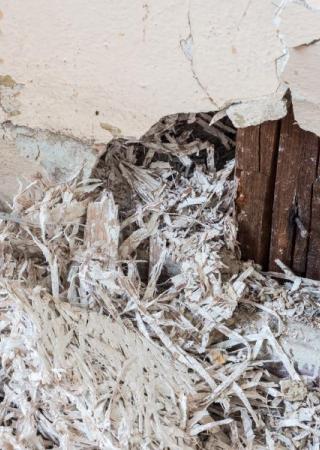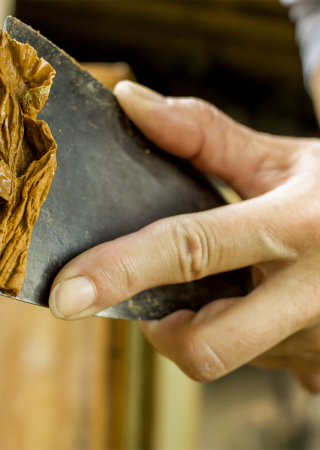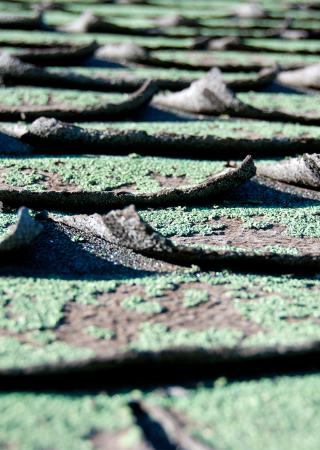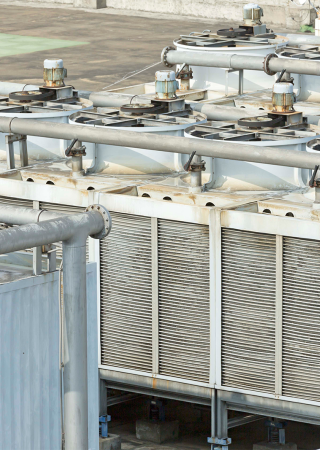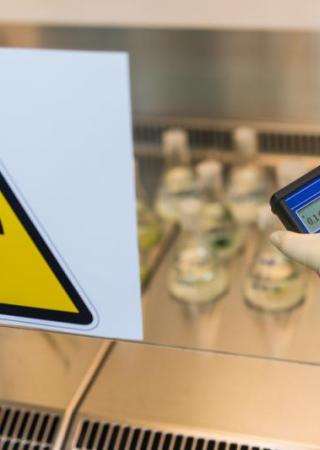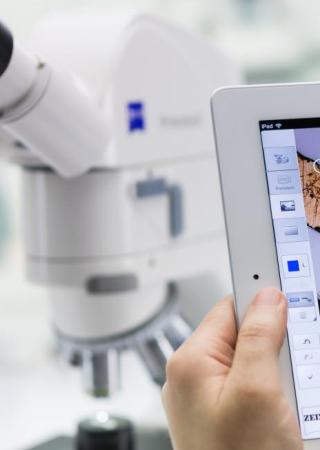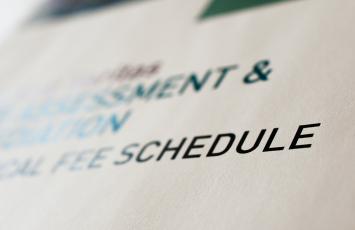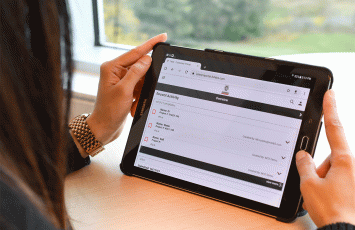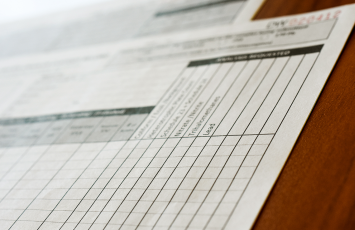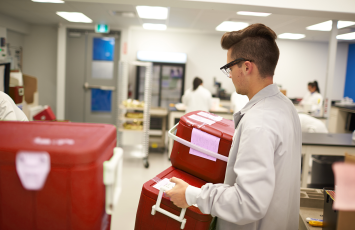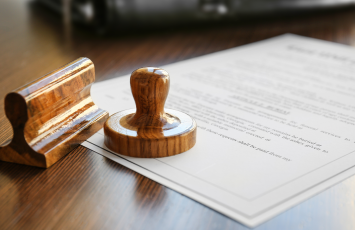Drilling Bricks
Science du bâtiment
Votre bâtiment présente-t-il un risque pour la santé ?
Si la présence d’amiante, de plomb, de BPC, de poussière, de suie ou de toute autre particule fine (noir de carbone, moisissures, bactéries, radon, autres gaz, etc.) vous inquiète, la vaste expérience de Bureau Veritas et ses nombreux succès historiques sont un atout considérable pour vos programmes d’échantillonnage et d’analyse.
